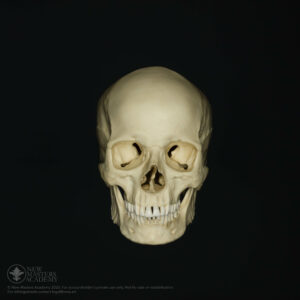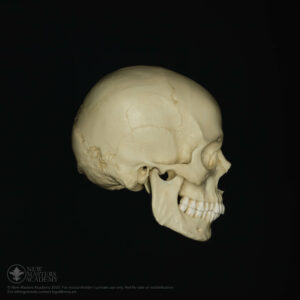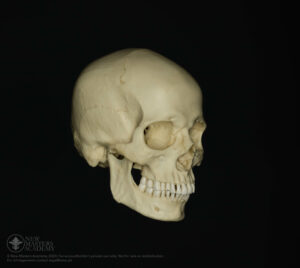- Lesson Details
- References
We are pleased to share with you a 10 week-long class brought to you by Art Mentors! In this class, Master draftsman, Glenn Vilppu teaches Constructive Head Drawing. The class will focus on the anatomical structures of the skull and face, and how to draw realistic features and expressions. In this first lesson, Glenn gives an introduction to his head drawing approach. Glenn will emphasize the importance of drawing from your knowledge of skull structure, and how to analyze the model, rather than copy. He will also go over basic proportions, and how to tackle various angles of the head.
Materials
- Caran D’ache Supracolor II Watercolor Pencil – Bunrt Sienna
- Pentel Water Brush
- Winsor & Newton Watercolor (in Homemade Altoids Tin Palette)

 UPDATE! October 1st, 2023: This version of the website will no longer receive updates. Please transition to the new website for the best experience.
UPDATE! October 1st, 2023: This version of the website will no longer receive updates. Please transition to the new website for the best experience. 













